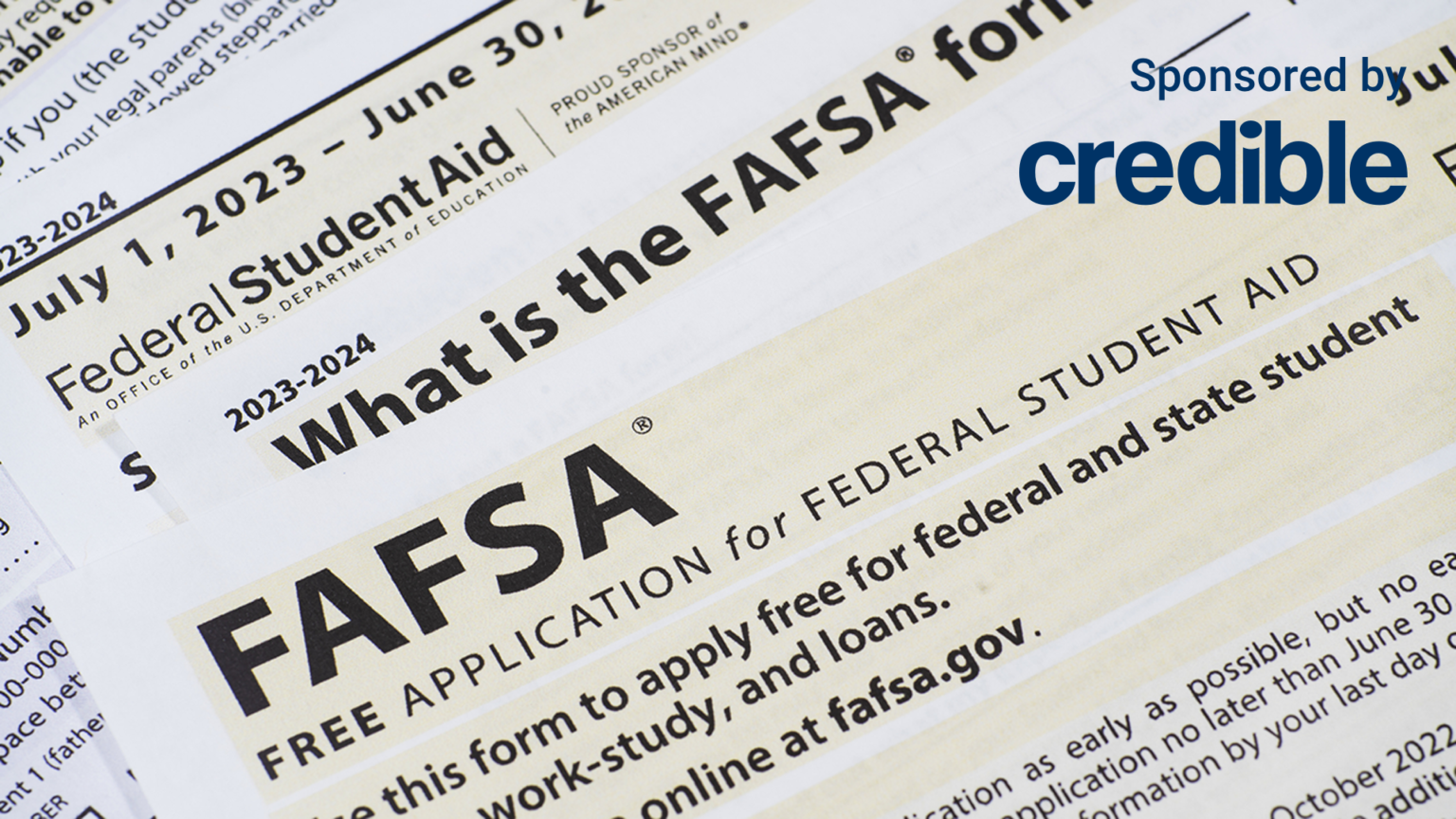The Department of Education began its soft launch of the overhauled 2024-25 Free Application for Federal Student Aid (FAFSA), allowing students and families a limited time each day to fill out the form while it works on technical glitches to provide a better user experience.
The form is typically available on Oct. 1 to give families plenty of time to fill it out before the school year begins. Due to FAFSA simplification changes this year, the Department of Education announced it would launch the form by Dec. 31, as legally required by Congress. Students fill out FAFSA to determine how much federal financial aid they will get from universities and colleges for the following school year.
While the department has technically met the deadline requirement with its soft launch of the form, most students and families are still unable to submit their FAFSA, and the form has been available for extremely limited windows. At the same time, users have reported glitches and other issues in completing the application, according to the National Association of Student Financial Aid Administrators (NASFAA).
“Even by soft-launch standards, this weekend’s rollout was challenging and students, families, and financial aid administrators who have been waiting for this release for months are understandably frustrated,” NASFAA President Justin Draeger said in a statement. “Frustration will likely continue because even if students fill out the FAFSA today, we still don’t have an exact date of when schools will receive FAFSA applicant data, so financial aid administrators can begin building and communicating financial aid package.”
If you are currently in school or starting soon, and you need more financial aid than what you can receive through FAFSA, consider taking out a private student loan while interest rates are low. Visit Credible to find your personalized rate without affecting your credit score.
SOCIAL SECURITY: COLA INCREASING BUT MEDICARE COSTS RISING TOO IN 2024
What’s new with FAFSA
The 2024–25 FAFSA form expands eligibility for federal student aid, including Pell Grants, and provides a streamlined user experience, according to the Department of Education. Some 610,000 new students from low-income backgrounds will be eligible to receive Federal Pell Grants due to updates to student aid calculations. Applicants will also be able to skip as many as 26 questions, depending on their circumstances.
However, the 2024-25 FAFSA will include three-year-old tables for assessing the ability to pay for college and does not accurately reflect the current high inflation environment and will cause millions of families to qualify for thousands of dollars less financial aid than they deserve, according to higher education expert Mark Kantrowitz.
“In a normal year, modest inflation rates would result in small adjustments to these tables,” Kantrowitz said in a report. “But inflation rates have been much higher recently, increasing by 18.32% from April 2020 to April 2023. The U.S. Department of Education has said that it doesn’t plan on making the inflation adjustments, even though it is required to do so by law, until the 2025-26 FAFSA.”
If you have filed for your FAFSA aid but need additional funding for school, consider taking out a private student loan. Visit Credible to compare multiple student loans at once and find the one with the best interest rate for you.
HOMEOWNERS COULD SAVE TENS OF THOUSANDS IN DAMAGES BY USING SMART DEVICES
Employers can help pay student loans
Starting Jan. 1, 2024, employers can match an employee’s qualified student loan debt payment with a corresponding contribution to the employee’s retirement plan account – whether that’s a 401(k), 403(b), SIMPLE IRA, or for government employees, a 457(b) plan. This change is part of the optional provisions under the Secure 2.0 Act of 2022.
The provisions are optional, and some employers have reported hesitancy about building new programs, such as student loan payment matching or emergency savings sidecars for retirement plans, according to a planadviser report.
Also, new this year is tax and penalty-free rollovers from a 529 plan – a tax-advantaged savings plan to save for tuition costs – to a Roth IRA. Starting this year, 529 plan beneficiaries can roll over up to $35,000 to a Roth IRA. This lets families save for both college and retirement using one investment vehicle.
“If you wanted to use leftover 529 plan money to repay student loan debt, and have already reached the $10,000 limit on a qualified distribution to pay down student loan debt, the rollover to a Roth IRA might present a solution for paying down more debt. Kantrowitz said in a second report. “After the Roth IRA rollover is complete, you can use a tax-free return of contributions from the Roth IRA for any purpose, including paying down student loan debt.”
If you are interested in paying down your private student loan debt, a refinance could help you lower your interest rate and monthly payment. To see if this is the right option for you, contact Credible to speak to a student loan expert and get all of your questions answered.
MORTGAGE LOAN LIMIT RISES ABOVE $1.1M AS HOME PRICES SURGE
Have a finance-related question, but don’t know who to ask? Email The Credible Money Expert at [email protected] and your question might be answered by Credible in our Money Expert column.
Read the full article here










